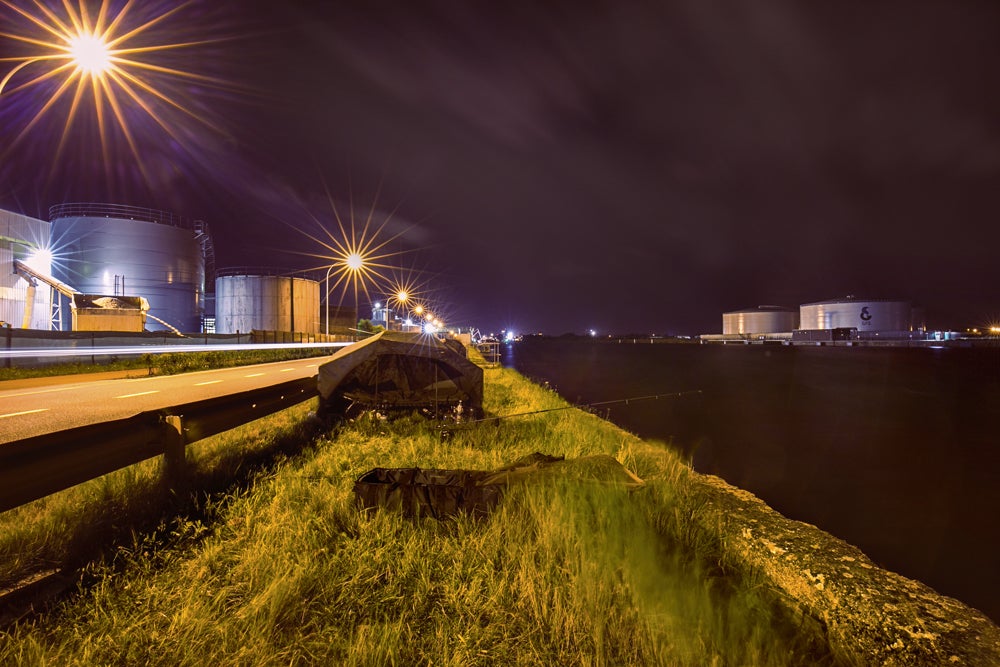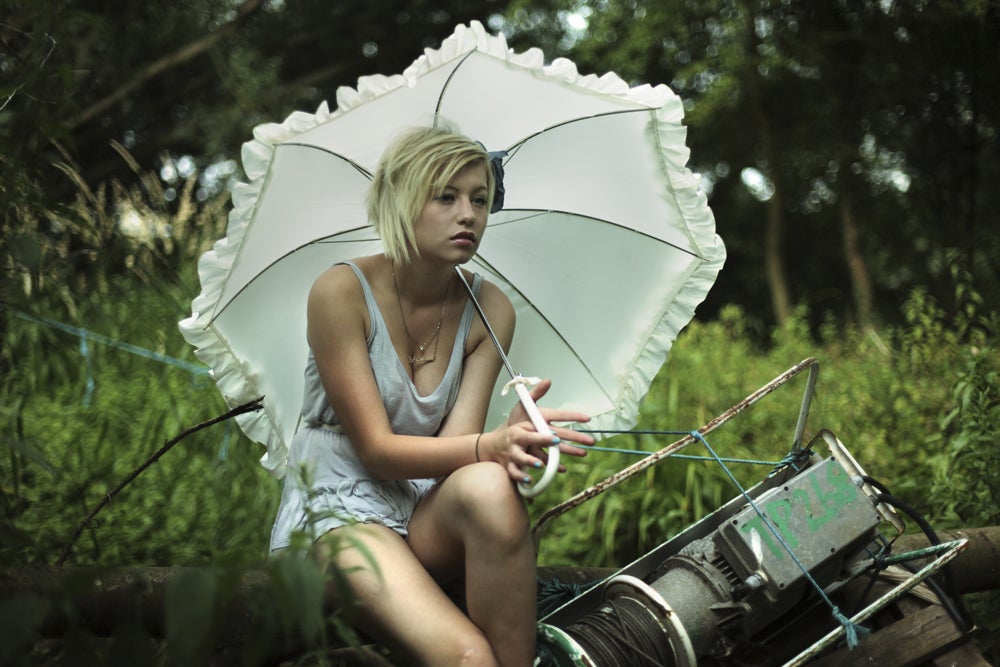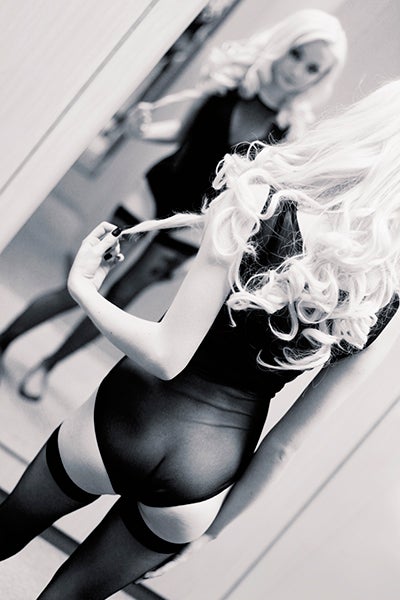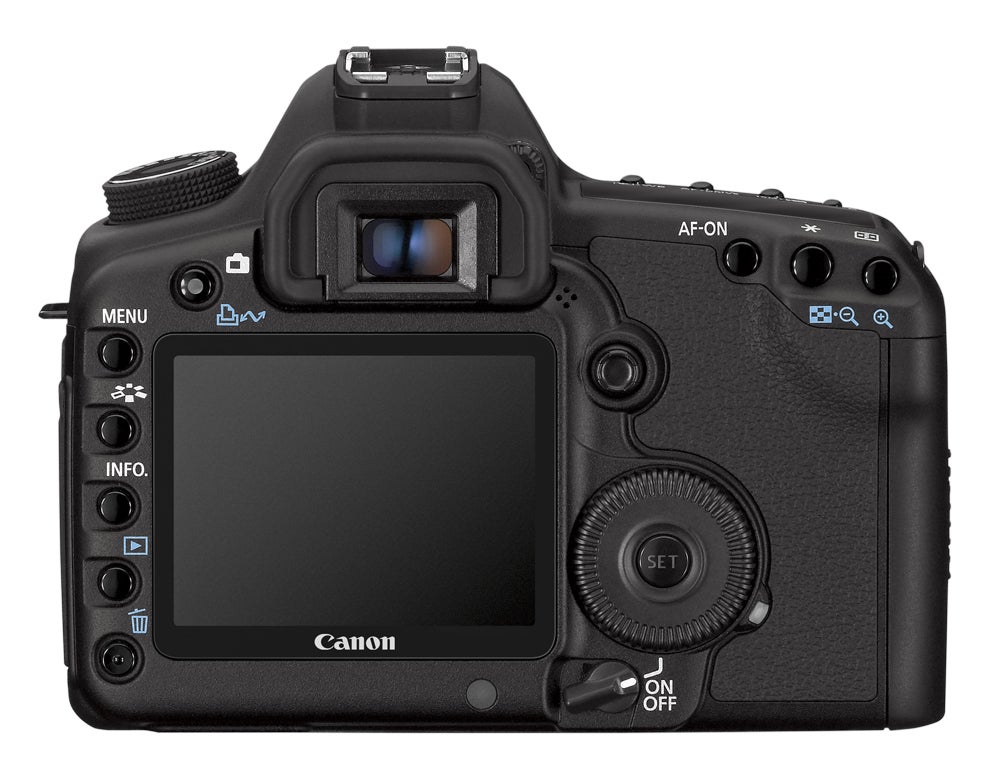Callum McInerney-Riley subjects his faithful old Canon EOS 5D Mark II to some rather unexpected conditions
Canon EOS 5D Mark II at a glance:
- Around £800, second-hand
- 21.1-million-pixel, full-frame sensor
- 1080p movie recording at 29.97fps
- ISO 100-6400
- Digic 4 processor
- 3.9fps continuous shooting
- 9 autofocus points
- 3in, 920,000-dot ClearView LCD display
- Small, medium and large raw+JPEG recording
 Image: Travelling around Europe carp fishing has taken me to some beautiful places; the EOS 5D Mark II is always by my side
Image: Travelling around Europe carp fishing has taken me to some beautiful places; the EOS 5D Mark II is always by my side
From the moment I bought my first DSLR,I was utterly engrossed in photography. Within six months, I was taking on small photography jobs in order to push myself and gain more experience. Even if there was no prospect of pay, the satisfaction of executing great photographs that were appreciated by the end users was enough to keep me going.
Skip forward a year or so, and an opportunity to do some work experience at a big press agency came up. It was clear my camera at the time, a Canon EOS 400D, just wasn’t going to cut it in such a demanding environment. So I compared a few different models and opted to buy the relatively new Canon EOS 5D Mark II.
 Image: I use a smartphone-controlled Triggertrap cable release to shoot time-lapse videos using stills. I often pick one or two frames from the sequence to upload to Flickr
Image: I use a smartphone-controlled Triggertrap cable release to shoot time-lapse videos using stills. I often pick one or two frames from the sequence to upload to Flickr
Although I wasn’t committed to the Canon system due to an expensive collection of lenses, I had invested a lot of time in getting familiar with the system in general, which made me want to buy within the same brand. In addition, my EOS 400D had served me well and been reliable through the years, so I was confident in my choice.
The EOS 5D Mark II has a 21.1-million-pixel sensor and was the first Canon DSLR to record video, which was very impressive at the time. I remember looking at sample images and watching numerous YouTube videos that were shot with the EOS 5D Mark II, and being incredibly impressed. The day I bought the camera, I flew out to France on a fishing trip. I couldn’t help but get it out of its box on the plane and spent almost all my trip fiddling with every setting imaginable.
 Image: This was shot using my personal favourite lens, the Canon EF 50mm f/1.4
Image: This was shot using my personal favourite lens, the Canon EF 50mm f/1.4
Features
It’s fair to say the EOS 5D Mark II is getting on a bit, but the camera still holds its own. It can be picked up second-hand in a reasonable condition for around £800. Its 21.1-million-pixel CMOS sensor doesn’t dazzle in the megapixel count quite like the 36.1-million-pixel behemoths we’ve seen released recently, but I feel this resolution is quite sufficient. For the most part, 21.1 million pixels strikes a good balance between file size and giving enough leeway to crop an image if necessary. Rarely do I find myself yearning for extra pixels. Also, like most Canon DSLRs, users can select the size of the files they wish to capture. When I shoot images that are for use on the web or in time-lapse compositions, I always have the camera set on small raw, giving me a smaller, more manageable file.
 Image: The 5D Mark II’s metering gave me a decent exposure for this cheeky shot
Image: The 5D Mark II’s metering gave me a decent exposure for this cheeky shot
These days, I often shoot weddings, festivals, products, portraits and reportage when I’m not writing camera tests. I also shoot time-lapses and landscapes for fun. So it’s fair to say I appreciate the diversity the EOS 5D Mark II offers. In situations such as dimly lit churches, which prohibit the use of flash, or in a tent at a festival, the high ISO capabilities are imperative, as is the autofocusing.
I have found shooting images up to ISO 1600 is the way to get a balance between the detail and not blighting the image with noise. At ISO 2000 or above, the noise starts to become hard work, and using Lightroom, it takes a while to find the balance between noise reduction and sharpening. In fact, DxO Optics Pro 9 has found a place in my workflow recently, most notably for the automatic noise reduction and optical corrections that can be applied on import.
I’ve shot lots of landscapes since owning the EOS 5D Mark II, mostly while fishing. I never shoot landscapes commercially; they’re simply shots to share with my friends and family, so the dynamic range is sufficient for me. However, the dynamic range in comparison to many other cameras is slightly lacking, especially when compared with many similarly priced Nikon models.
 Image: A monochrome picture style is available, but I shoot in colour and convert in post
Image: A monochrome picture style is available, but I shoot in colour and convert in post
Canon EOS 5DS Mark II – Key features
The video functionality of the EOS 5D Mark II revolutionised how we look at today’s DSLRs
Full 1080 HD video recording
Canon was not the first to put video in a DSLR – this accolade was achieved by Nikon with the D90. However, this was only 720 resolution and the D90 has big issues with rolling shutter. The EOS 5D Mark II is special because it’s the first DSLR to really do video right. A later firmware update added the ability to shoot 1920 x 1080-pixel-resolution movies at frame rates of up to 30fps. The video quality is exceptional, giving a rich colour tone and dynamic range straight out of the camera, although using a custom picture style with low sharpening and contrast allows more scope in post-production. The camera also features a mic port for external sound recording.
21.1-million-pixel sensor
At the time of release, the 21.1-million-pixel, full-frame CMOS sensor featured inside the EOS 5D Mark II was one of the highest resolutions in its class.
Frames per second
A rate of 3.9 frames per second can be captured on the EOS 5D Mark II. This is unlikely to satisfy the avid sports or wildlife photographer, but it’s enough for most enthusiast photographers.
Different raw size
One of the highlight features of Canon cameras is the ability to capture raw files at reduced resolutions.
The EOS 5D Mark II offers ‘small raw’ in 10 and 5-million-pixel sizes.
Multi-controller button
The multi-controller button can be used to navigate across the camera menus. It’s also very useful for selecting focus points while shooting, and also for moving through settings on the LCD display.
AF-on button
The AF-on button engages the autofocus system. It’s possible to customise this button to preference.
I have this button set to AF-on and disable the AF on the half-pressed shutter.






